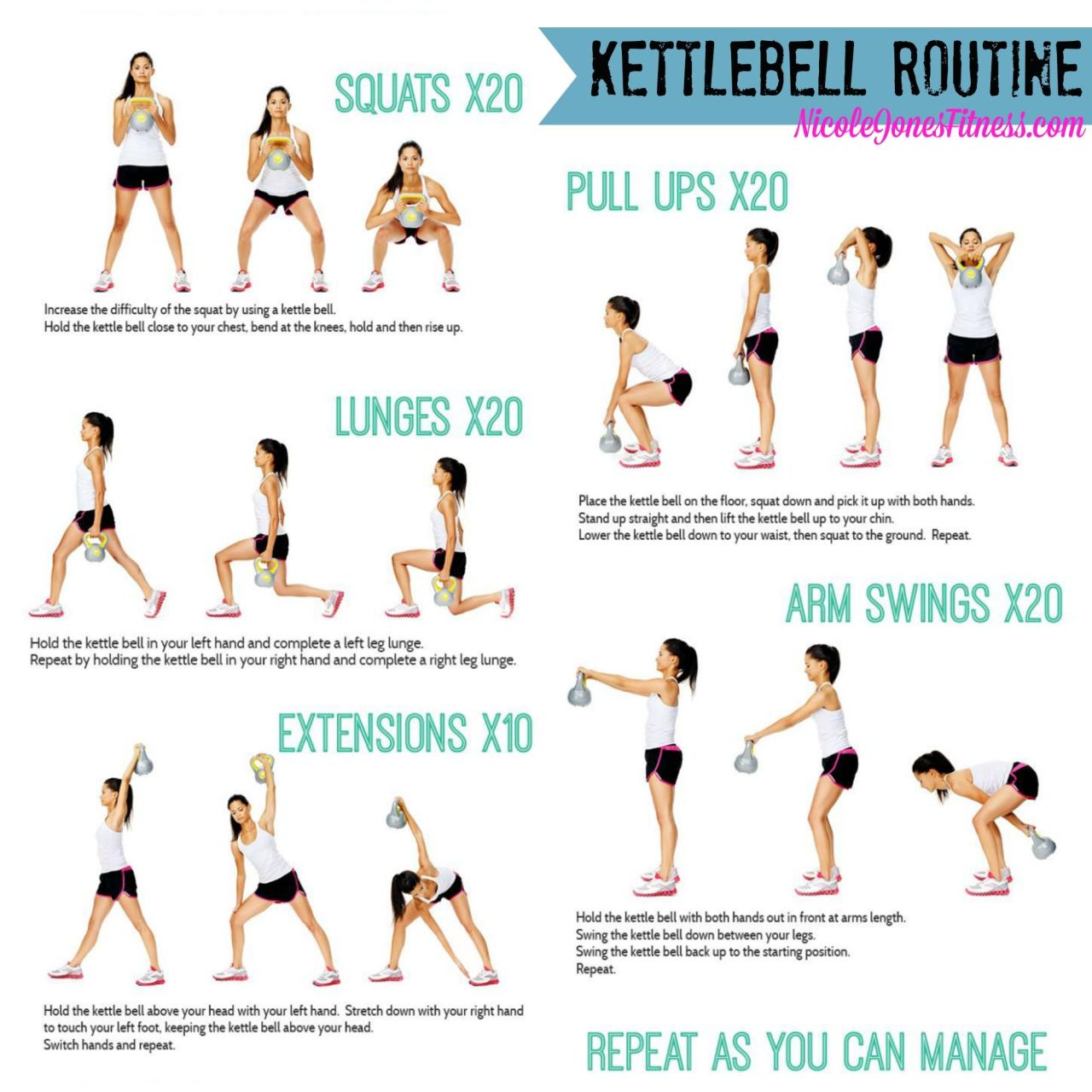Best full body strength training workout routine for beginners – Best full body strength training workout routine for beginners? Forget the dusty old dumbbells gathering cobwebs in the garage! This isn’t your grandma’s aerobics class (unless your grandma is a total badass). We’re talking about sculpting a stronger, more confident YOU, one perfectly executed squat at a time. Prepare for a journey of muscle-building bliss, punctuated by the satisfying
-thwack* of weights and the joyous screams of triumph (optional, but encouraged!).
Get ready to unleash your inner superhero.
This routine is designed for the complete newbie, the person who’s maybe stared longingly at gym equipment, or perhaps just wants to feel more powerful carrying groceries. We’ll cover everything from warming up like a champion to cooling down like a cucumber, ensuring you build strength safely and effectively. We’ll also tackle those pesky questions that keep you up at night (like, “Is it okay to grunt?” – yes, absolutely!).
Workout Exercises
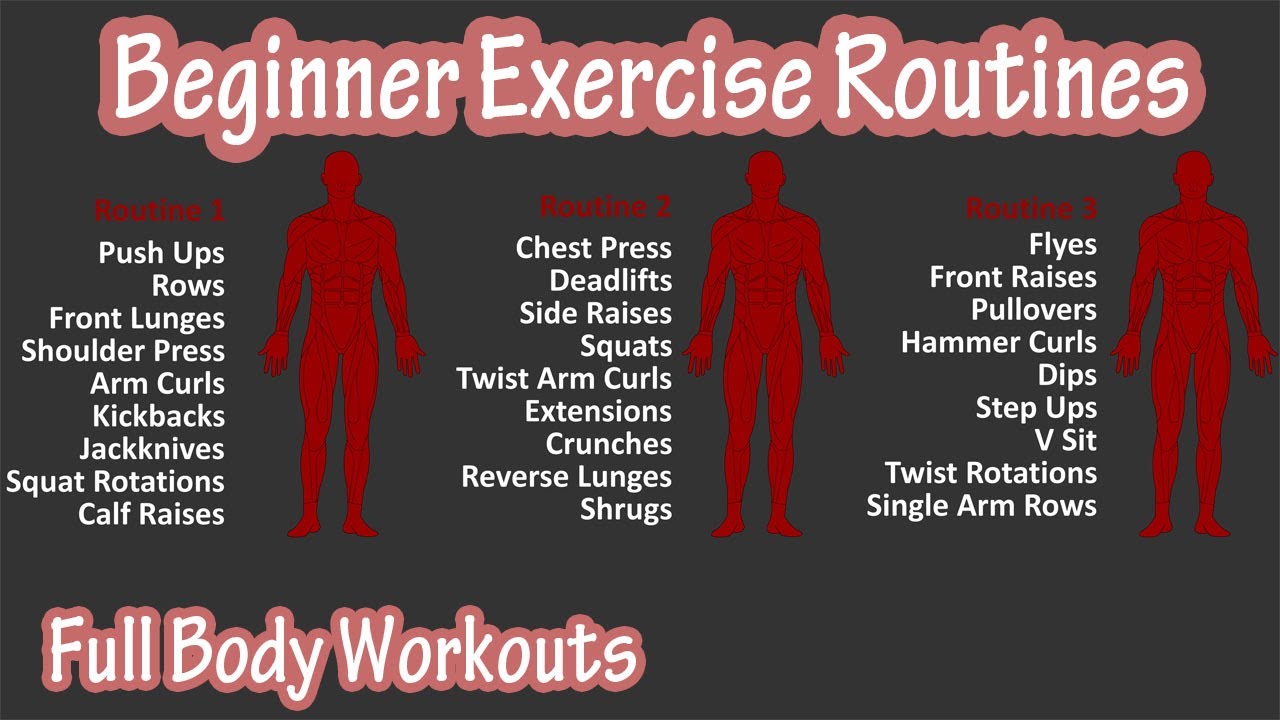
Ready to unleash your inner superhero? Forget those flimsy resolutions – we’re building a body that could bench-press a small car (metaphorically speaking, of course. Please don’t actually try that). This workout focuses on foundational exercises to get you strong and feeling fantastic. Remember, consistency is key! Even small, regular efforts will yield amazing results.
So, you want a killer full body strength training workout routine for beginners? Fantastic! But let’s be honest, we all secretly crave those ripped abs and sculpted muscles, right? That’s where a program like this one comes in handy: Strength training program for building lean muscle mass and burning fat. It’ll help you build a solid foundation before you graduate to more advanced routines, making your beginner full body workouts even more effective.
Beginner Full Body Strength Training Exercises
This table Artikels a simple yet effective full-body workout perfect for beginners. Remember to listen to your body and take rest days when needed. Overdoing it early on is a recipe for injury and disappointment – we want triumphant progress, not a trip to the physio!
| Exercise | Muscle Groups | Sets | Reps |
|---|---|---|---|
| Squat | Quads, Glutes, Hamstrings, Core | 3 | 8-12 |
| Push-up (on knees if needed) | Chest, Shoulders, Triceps | 3 | As many as possible (AMRAP) |
| Dumbbell Row | Back, Biceps | 3 | 8-12 per side |
| Overhead Press (with dumbbells or resistance bands) | Shoulders, Triceps | 3 | 8-12 |
| Walking Lunges | Quads, Glutes, Hamstrings | 3 | 10-12 per leg |
| Plank | Core | 3 | 30-60 seconds hold |
| Glute Bridge | Glutes, Hamstrings | 3 | 12-15 |
Image Descriptions (Visualize these as you exercise!):
Squat: Feet shoulder-width apart, toes slightly outwards, chest up, back straight, lower until thighs are parallel to the ground. Imagine sitting back into a chair.
Push-up: Hands shoulder-width apart, body in a straight line from head to heels (or knees if modified), lower chest towards the floor, push back up. Think of engaging your core throughout the movement.
So, you’re after the best full body strength training workout routine for beginners? Fantastic! Building a solid foundation involves mastering the basics, and that means focusing on fundamental movements. To really nail those, check out some killer examples of muscular strength exercises to get your muscles singing. Then, you’ll be ready to conquer any full-body routine with confidence and maybe even a little swagger.
Dumbbell Row: Hinge at the hips, keeping your back straight, let the dumbbells hang down. Pull one dumbbell towards your chest, squeezing your shoulder blades together. Return to the starting position slowly. Alternate sides.
Overhead Press: Hold dumbbells at shoulder height, palms facing forward. Press the dumbbells straight overhead, keeping your core engaged and elbows slightly bent. Lower slowly and with control.
Walking Lunges: Step forward with one leg, bending both knees to 90 degrees. Keep your front knee behind your toes and your back knee just above the ground. Push off with your front foot and step forward with the other leg. Maintain an upright posture.
Plank: Forearms on the ground, shoulder-width apart, body in a straight line from head to heels, engage your core, hold the position.
Glute Bridge: Lie on your back with knees bent and feet flat on the floor. Lift your hips off the ground, squeezing your glutes at the top. Lower slowly and with control. Think about engaging your entire posterior chain.
Exercise Progression and Variation
So, you’ve conquered your first full-body workout like a boss! But let’s be honest, your muscles are probably whispering sweet nothings about a relaxing massage, not another grueling session. Fear not, aspiring fitness titan! The key to long-term strength gains and avoiding the dreaded plateau is smart progression. We’re talking about carefully increasing the challenge to keep your muscles guessing (and growing!).Progressive overload is the name of the game, and it’s less about pushing yourself to the brink of collapse every single time and more about making consistent, manageable increases in your training over time.
So, you’re after the best full body strength training workout routine for beginners? Fantastic! Building a solid foundation is key, and remember, even seasoned gym-goers started somewhere. For our silver-haired superheroes seeking a little extra stability, check out this awesome plan: Strength training workout plan for seniors to improve balance and strength. Then, get back to crushing those beginner workouts – you’ll be lifting like a boss in no time!
Think of it as a gentle nudge, not a violent shove, towards greater strength. This means gradually increasing the weight, reps, sets, or even the difficulty of the exercise itself.
Progressive Overload Techniques
There are several ways to implement progressive overload. Simply adding a little more weight to the bar each week is one option, but it’s not the only one. Consider these effective methods:
- Increase weight: The classic approach. If you can comfortably complete all your reps and sets, add a small amount of weight (2.5-5 pounds, for example) next time.
- Increase repetitions: If increasing weight isn’t an option, aim for more repetitions with the same weight. For example, if you’re doing 8 reps, try for 10 next time.
- Increase sets: Another way to increase the volume of your workout. If you’re doing 3 sets, try 4 next time.
- Reduce rest time: Shortening your rest periods between sets increases the overall intensity of your workout.
- Decrease tempo: Slowing down the concentric (lifting) and eccentric (lowering) phases of each repetition can make even the same weight feel heavier and more challenging. Imagine lifting like a graceful ballerina, then lowering like a controlled superhero landing.
Exercise Variations for Increased Difficulty, Best full body strength training workout routine for beginners
Let’s spice things up with some exercise variations. Remember, variety is the spice of life (and muscle growth!). Here are some examples, assuming you’ve mastered the basic versions:
- Squats: Progress from bodyweight squats to goblet squats (holding a dumbbell or kettlebell close to your chest), then to barbell back squats. For an extra challenge, try jump squats or Bulgarian split squats (one leg elevated on a bench).
- Push-ups: Start with knee push-ups, then progress to standard push-ups, incline push-ups (hands on a raised surface), decline push-ups (feet elevated), and finally, plyometric push-ups (explosive push-ups with a jump).
- Rows: Begin with dumbbell rows, then progress to barbell rows or even try using resistance bands for a different challenge. Consider variations like inverted rows (using a bar or TRX straps).
- Plank: Start with a standard plank, then try variations like side planks, forearm planks, or plank with leg raises. The possibilities are endless (and your core will thank you).
Listening to Your Body: The Unsung Hero
Remember, your body is a temple (or a very strong, slightly sweaty temple). Pay attention to it! Don’t push through sharp pain – that’s a signal to stop. Muscle soreness is normal, but pain is not. Adjust your workout based on your energy levels, sleep, and overall well-being. Some days you might feel like a superhero, other days you might need to dial it back a bit.
That’s okay. Consistency over intensity is key in the long run. Think marathon, not sprint! Listen to your body’s whispers, and it will reward you with strength and fitness.
Cool-down Routine: Best Full Body Strength Training Workout Routine For Beginners
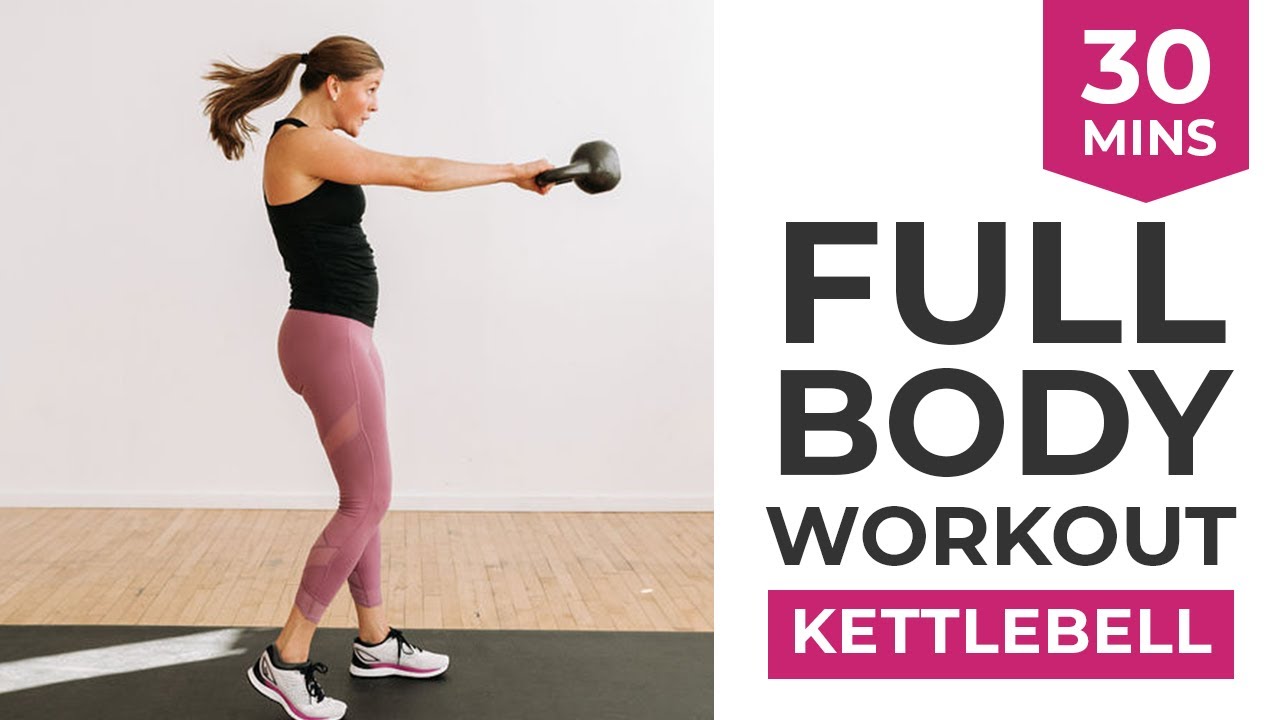
Congratulations, workout warrior! You’ve conquered your strength training session like a boss. But the battle isn’t over until you’ve properly cooled down. Think of it as the post-workout victory lap, crucial for preventing those dreaded next-day aches and ensuring you’re ready to tackle your next session. Ignoring this vital step is like leaving a half-eaten pizza in the fridge – a recipe for regret.This cool-down routine focuses on static stretches, which involve holding a stretch for a period of time.
This helps to lengthen your muscles, improve flexibility, and reduce the risk of injury. Remember, flexibility isn’t just about touching your toes (though that’s a nice bonus!). It’s about maintaining a full range of motion in your joints, promoting better posture, and allowing your muscles to recover efficiently. Reduced muscle soreness is a direct result of this improved blood flow and reduced muscle tension.
So, you’re a newbie wanting a killer full body strength training workout routine? Awesome! To really sculpt those muscles and torch some fat, you’ll need to know the best exercises, and that’s where checking out this amazing resource on Best strength training exercises for building muscle and losing weight comes in handy. Once you’ve mastered those, you’ll be well on your way to a fantastic full-body beginner routine!
Think of it as giving your muscles a soothing spa treatment after their intense workout.
Static Stretches for Cool-Down
The following stretches should be held for 20-30 seconds each, focusing on a gentle stretch, not pushing to the point of pain. Remember to breathe deeply throughout each stretch. Improper stretching can lead to further muscle strain, so gentle and controlled movements are key. Imagine your muscles are delicate, precious flowers; you wouldn’t want to crush them, would you?
- Hamstring Stretch: Sit with legs extended and reach towards your toes. Focus on lengthening the back of your legs. This helps relieve tension often built up during squats and lunges.
- Quadriceps Stretch: Stand on one leg, gently pull your heel towards your buttock, holding onto your foot. This targets the muscles on the front of your thigh, often worked during leg presses and squats.
- Calf Stretch: Lean against a wall, one leg slightly behind the other, keeping your back heel on the ground. This focuses on the calf muscles, important for balance and stability exercises.
- Triceps Stretch: Reach one arm overhead and bend your elbow, gently bringing your hand down behind your head. Use your other hand to gently increase the stretch. This targets the back of your upper arm, important for exercises like push-ups and overhead presses.
- Chest Stretch: Clasp your hands behind your back and gently straighten your arms, opening your chest. This counteracts the effects of chest presses and improves posture.
- Shoulder Stretch: Reach one arm across your body and gently hold it with your opposite hand, pulling it closer to your chest. This relieves tension in the shoulders, frequently worked in various exercises.
- Torso Twist: Sit or stand with your feet shoulder-width apart, and gently twist your torso from side to side. This improves spinal mobility and reduces back stiffness.
Common Mistakes to Avoid
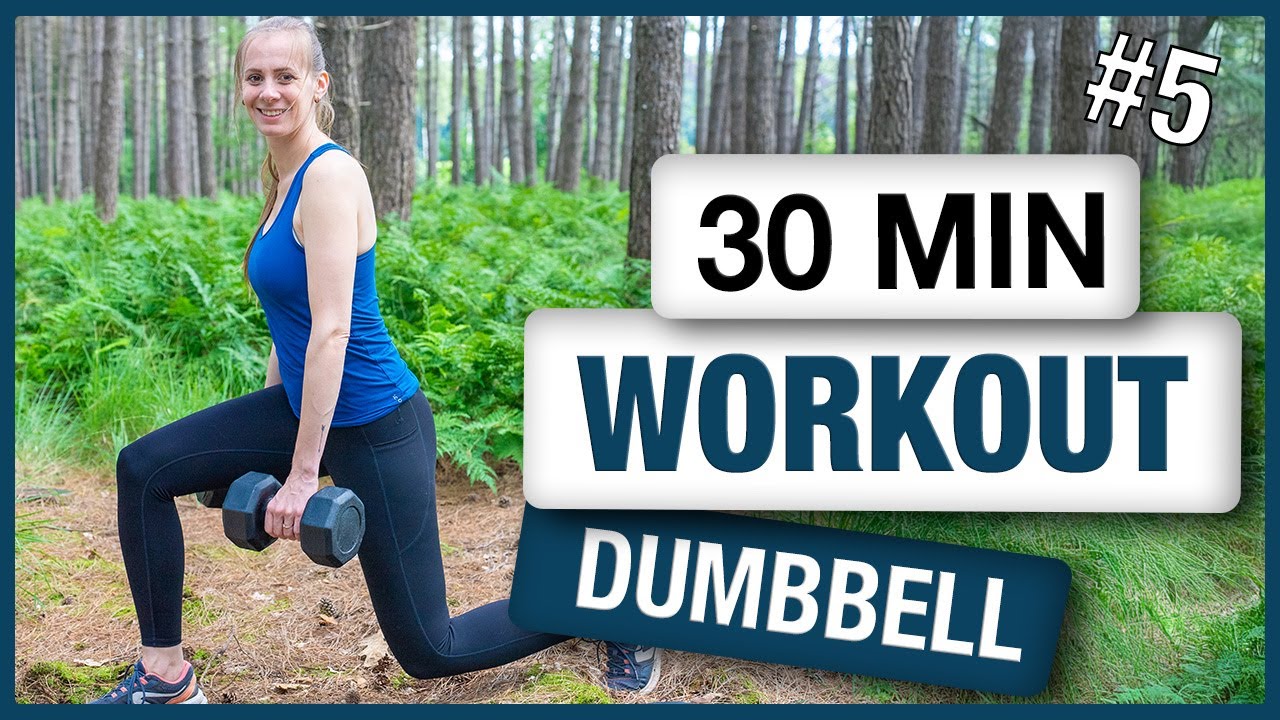
So, you’ve bravely embarked on your strength training journey – fantastic! But even the most enthusiastic beginners can fall prey to some common pitfalls. Avoiding these mistakes isn’t just about preventing injury (though that’s a HUGE plus); it’s also about maximizing your results and ensuring you get the most bang for your fitness buck. Let’s dive into the most frequent faux pas and how to sidestep them gracefully.Ignoring Proper Form and TechniqueProper form is the cornerstone of any effective and safe strength training program.
Think of it as the foundation of a house – if the foundation is weak, the whole structure is at risk. Poor form not only reduces the effectiveness of your exercises but significantly increases your risk of injury. You might think you’re crushing your workout, but if your form is off, you’re likely compensating with other muscle groups, potentially straining them.
This also means you’re not effectively targeting the muscles you intend to work, hindering your progress.
Lifting Too Much Weight
Beginners often make the mistake of trying to lift weights that are too heavy for their current strength level. This is a recipe for disaster! The temptation to impress others or push yourself too hard is understandable, but it’s far more beneficial to focus on perfect form with lighter weights. Think of it like learning to ride a bike – you wouldn’t try to ride a downhill mountain bike on your first attempt, would you?
Start with manageable weights, master the technique, and gradually increase the weight as you get stronger. Remember, slow and steady wins the race (and avoids trips to the physiotherapist).
Insufficient Rest and Recovery
Strength training is intense, and your muscles need time to recover and rebuild. Skipping rest days or not allowing enough time between sets can lead to overtraining, muscle fatigue, and increased risk of injury. Your muscles grow during the recovery phase, not during the workout itself. Think of it like planting a seed – you need to give it time to sprout and grow before expecting a bountiful harvest.
Plan for adequate rest days and listen to your body; if you’re feeling excessively sore or fatigued, take an extra day off.
Neglecting Warm-up and Cool-down
A proper warm-up prepares your body for the workout by increasing blood flow to your muscles and improving joint mobility. Skipping this crucial step can lead to muscle strains and tears. Similarly, a cool-down helps your body gradually return to its resting state, reducing muscle soreness and stiffness. Think of it like gently starting and stopping a car – you wouldn’t just slam on the gas and then abruptly stop, would you?
A thorough warm-up and cool-down are essential for injury prevention and overall well-being.
Ignoring Nutrition and Hydration
Your body needs the right fuel to support strength training. A balanced diet rich in protein, carbohydrates, and healthy fats is crucial for muscle growth and repair. Staying adequately hydrated is also essential for optimal performance and recovery. Imagine trying to build a house without the necessary bricks and mortar – it simply wouldn’t work! Fuel your body properly to support your training efforts.
Conclusive Thoughts
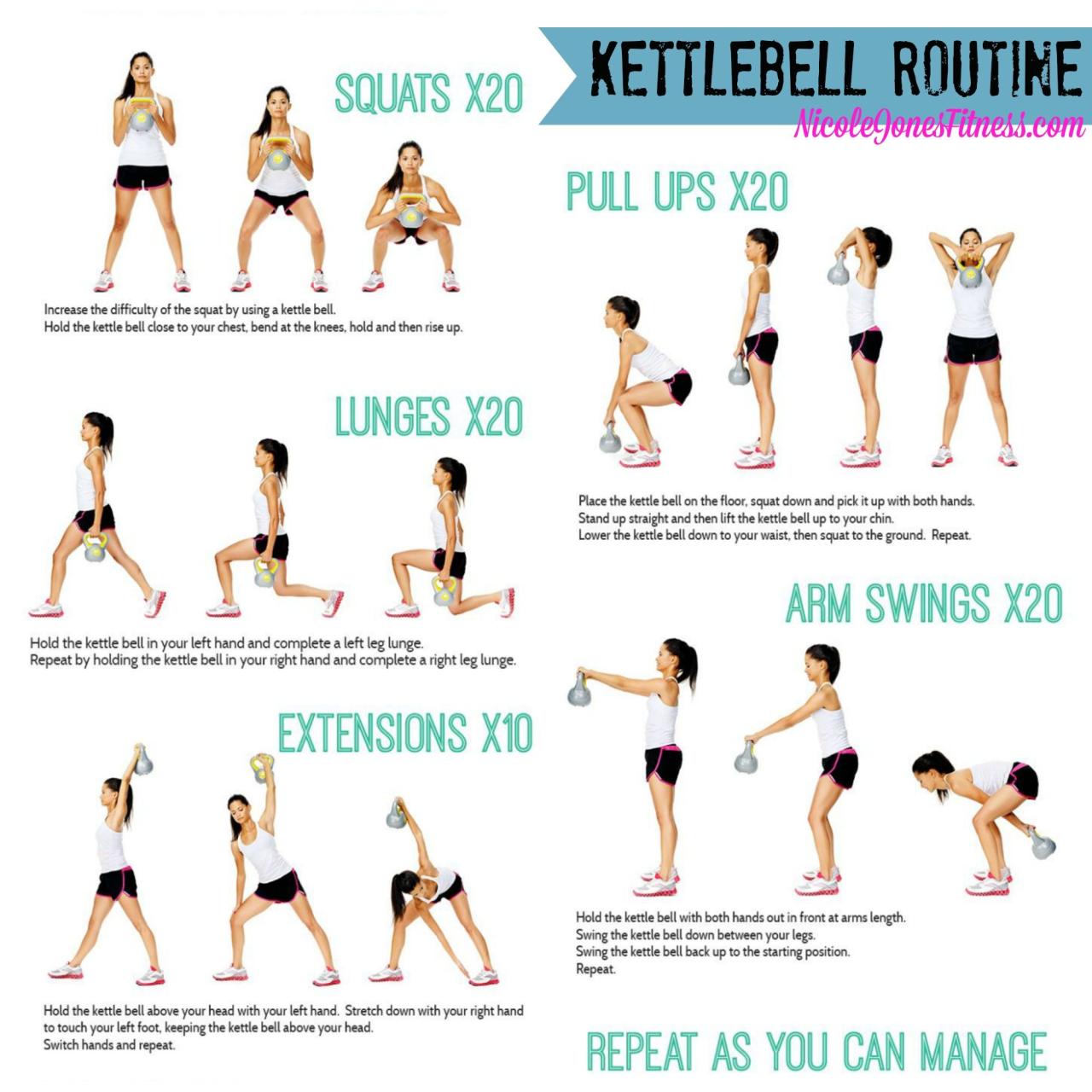
So there you have it – your passport to a stronger, healthier you! Remember, consistency is key. Don’t be afraid to start small, celebrate your wins (even the tiny ones!), and listen to your body. This isn’t a race, it’s a transformation. Embrace the journey, enjoy the process, and soon you’ll be effortlessly lifting your entire couch (well, maybe not yet, but you’ll be closer!).
Now go forth and conquer those weights!
